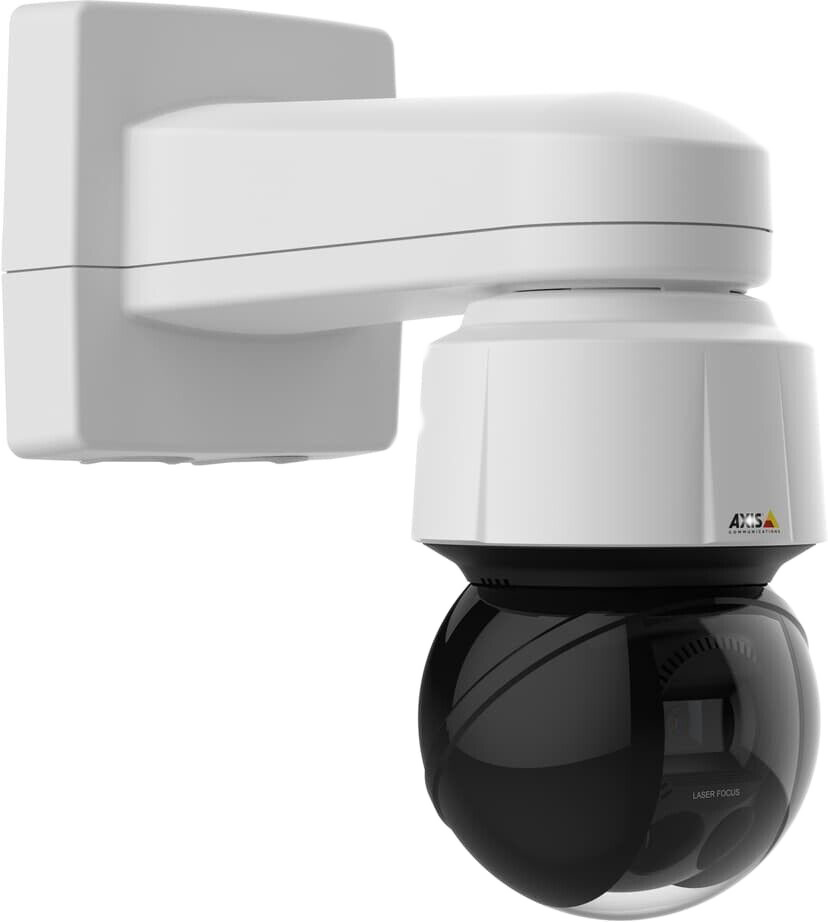Did you know that… according to Entrepreneur, live streaming videos are one of the trends that will hit hard this year ? Live videos are a fantastic addition to your content marketing , as users are increasingly demanding them.
Livestreaming videos connect with the user in an immediate and emotional way, making them feel that they are connected to other places and experiences. They are an ideal format to encourage interaction (for example, through question and answer sessions) and make your brand convey authenticity. Today I am going to explain the pros and cons of live streaming videos in content marketing and the main platforms that have incorporated them.

The pros of live streaming videos
- Profitability _ Compared to other types of video, live video is a much cheaper solution, as there is no need to invest in the production and editing phases. Plus, once the live stream is over, the recording remains on the platform, so you can download, edit, and share it over and over again.
- attractive . Live streaming videos are one of the contents with the greatest potential to seduce users, since they show that your brand is transparent and authentic and that there are human beings behind it. This type of content is great for answering user questions, giving users a sneak peek of what’s to come, broadcasting a product launch, doing demos, and much more.
- Increases the quality of viewings . Early livestreaming statistics show that users spend three times more time watching live video (compared to pre-recorded video). If you want users to stay with you and listen to you, add them to your content marketing!
The cons of live streaming videos (and how to overcome them)
- They are unpredictable. It is already known that live failures are inevitable. Technical difficulties, blunders, coughing fits…everything that can go wrong does at some point. And if not, tell BuzzFeed, who had to cancel a live interview with Obama on Facebook (in the end, users had to watch it on YouTube). But don’t worry: with a good action plan, the possibility of disaster is reduced, and most people are sympathetic to this type of failure.
- Low quality. Most marketers are not experts in audiovisual production, so a lot of live content can be a bit primitive in terms of image and sound quality. To get a good live broadcast, you will need to have a certain quality equipment and a powerful internet connection. And of course, don’t forget to have some time to check lights and angles before going on the air.
- Misuse. Live streaming should be used to create and share content, not to repeat sales pitches like a robot. Quality content is the one that offers added value for users and nurtures a relationship with them, whatever the medium. If you want to be sure of getting it right, my recommendation is to write a basic script for each video, leaving enough flexibility to improvise and interact with your audience.
The main livestreaming platforms through social networks
Want to incorporate live video into your content marketing, but don’t know where to start? A good first step is to take into account the different platforms out there and see which one might best fit your brand and strategy. These are the main ones today.
Facebook Live
Since the launch of Facebook live in April last year, the most popular social network has jumped on the livestreaming bandwagon . Its big advantage is, of course, its user base. Facebook gives you the opportunity to access people with all kinds of profiles, and if you’ve been building your community over the last few years, you have a great starting point to start.
Facebook Live offers a smooth user experience along with a wealth of analytics and engagement data. In addition, live videos are fully integrated into the breaking news section and take pride of place while they are being broadcast.
Without a doubt, it is a great option for brands of all kinds and video marketing strategies .
Twitter Live Stream
In December of last year, Twitter jumped on the bandwagon by inviting users to broadcast with the hashtag #GoLive. With the help of Periscope, Twitter gets live streaming fully integrated into the platform. Like tweets, videos on Twitter are easily re-shareable, which offers great possibilities to increase interaction and virality.
Although Facebook is currently in the lead, thanks to its large user base and the effort they have made to promote the platform, the competition between the two to be crowned the queen of live video is going to be intense in 2017. For now, Twitter has been in charge of creating noise with a series of high-level live broadcasts, such as Wimbledon tennis matches or the presidential debate in the United States.
Below is an example of a live streaming video of David Tomás on Periscope doing a webinar on online marketing :
Snapchat
Snapchat has had a live video feature for 18 months. As with other content on this network, your videos are ephemeral and disappear after 24 hours. If your brand has a young audience, it can be a great promotional strategy.
Lastly, we have Instagram, which quietly launched its live stories feature last summer. Although the launch has not been too noticeable, it can be an interesting possibility for brands that have an established presence in this network.
I hope all this information has helped you better understand what is beneficial and what is not around live streaming videos .
